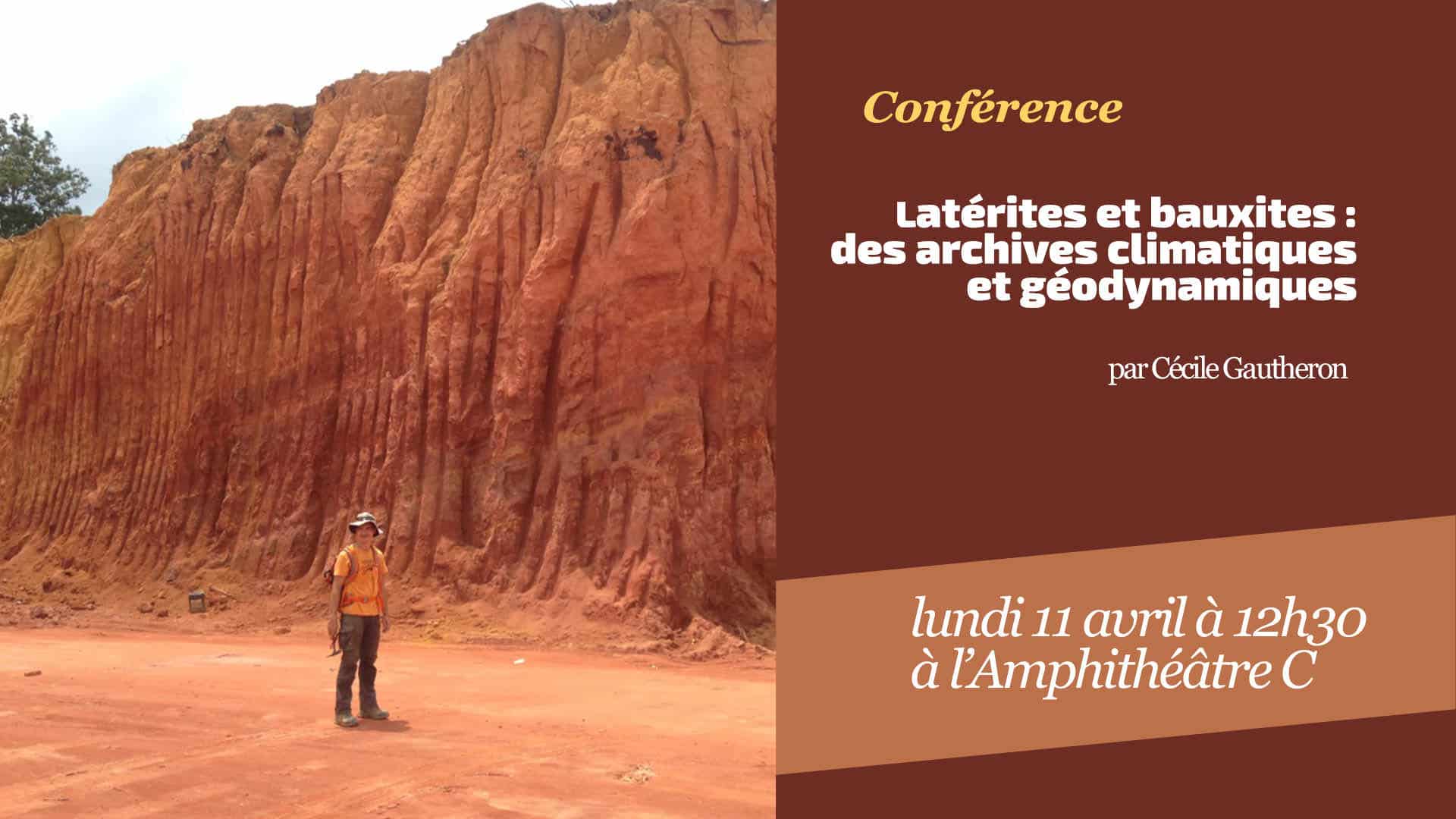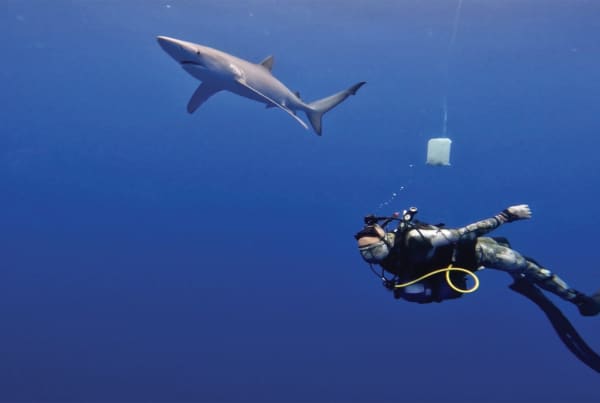
Cécile Gautheron (U. Paris-Saclay / U. de Grenoble) will be giving a lecture on laterites and bauxites on Monday 11 April, from 12:30 to 2:00 pm, in lecture hall C at the University of Guyana. She will show how these geological formations can be used to document and date changes in Guyana's climate. In particular, she will discuss the initial results obtained from the study of samples from the Montagne de Kaw and the Grand Connétable.
D n the intertropical zone, the intense weathering of rocks leads to the leaching of certain chemical elements, such as nutrients, and the accumulation of insoluble elements such as Fe, Al and Si. On timescales of the order of millions of years, supergene minerals such as iron and aluminium oxides and kaolinite crystallise to form a mineralogically compartmentalised laterite profile. When the climate is warmer or hydrological conditions change, kaolinite can dissolve and form gibbsite, transforming laterite into bauxite. Laterites and bauxites therefore contain minerals that bear witness to the past climatic and geodynamic conditions that enabled them to be formed and preserved. Previous studies have shown that laterites and bauxites formed episodically throughout the Earth's history, particularly in zones of tectonic quiescence. However, dating them is very difficult due to the absence or scarcity of dateable minerals, and many uncertainties remain as to the temporal and spatial extent of these alteration events.
In order to better extract climatic and geodynamic information from laterites, we can show that the combination of mineralogical, geochemical and geochronological (U-Th)/He studies of the hematites and goethites in these objects provides quantitative information on the evolution of the continental crust and climatic conditions. We are particularly interested in the alteration history of the Guiana Shield, which is thought to have been tectonically stable in tropical latitudes since the Cretaceous. The existence of several palaeosurfaces corresponding to different phases of peneplanation with ages ranging from Late Cretaceous to recent has been proposed. Many of these palaeosurfaces are covered by thick lateritic profiles that bear witness to a long history of tropical weathering. However, the weathering episodes are not well constrained in time and space, as there are only a few data sets on the age of weathering and sedimentological constraints. The geochronological data obtained make it possible to discuss the alteration phases that have affected the Guiana Craton since the Eocene, and in French Guiana since the Oligocene. By combining multi-method studies, we can also demonstrate that climatic conditions changed at the end of the Miocene, becoming wetter and allowing the development of bauxite in the Atlantic coastal region of the Guiana Craton.




